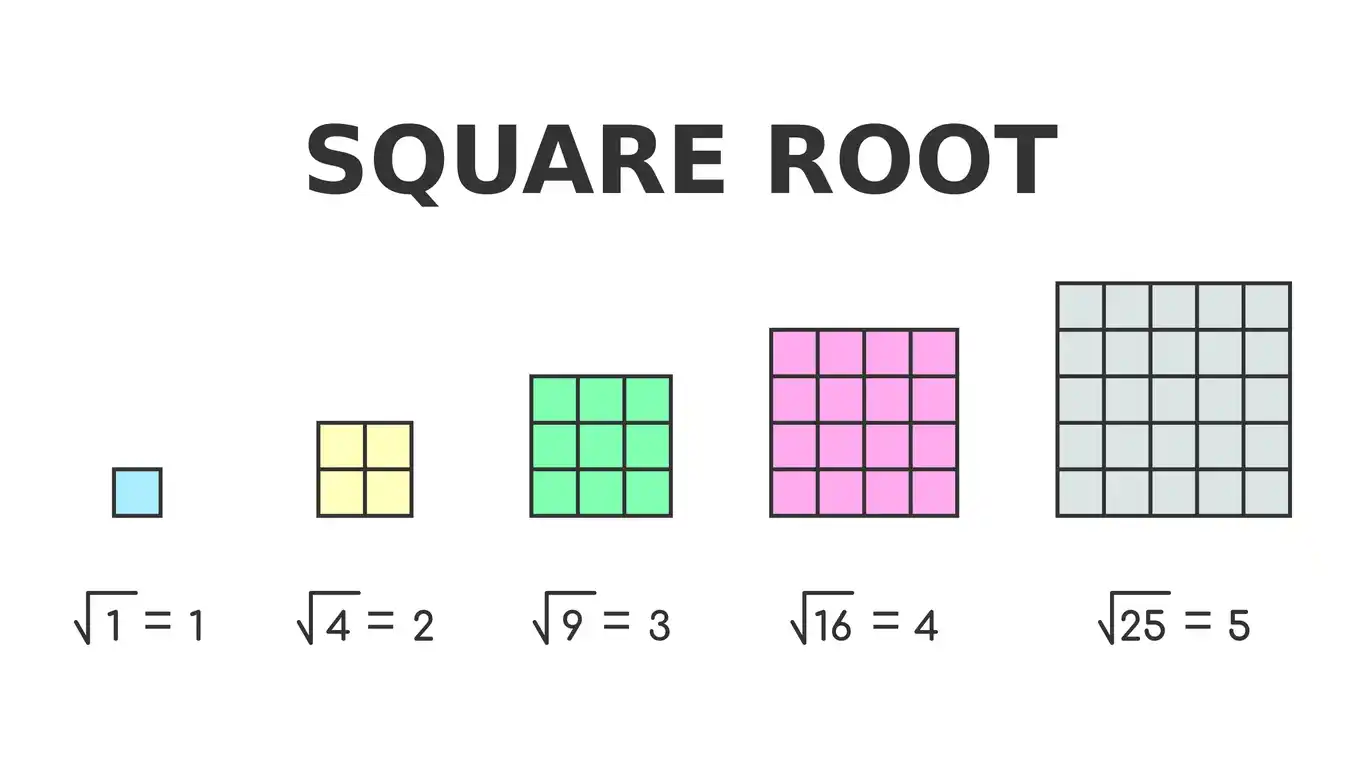In this blog post we’ll discuss how to evaluate the function in a relationship where the cost of heating an apartment depends on the outside temperature.
First Things First
If you’re a teacher reading this, did you grab my *FREE* Algebra 2 Pretest (10 pages) with answers yet? Click here.
You can also access my Functions Notation lesson, worksheets and more here.
Teachers: Check out my Guide For Teaching Evaluating the Function.
If you’re a student, this topic is also one of my modules in my online course to get a solid foundation in any high school math subject, not just in Algebra 2 FYI!
If it’s easier for you as a more visual learner, check out my YouTube video where I teach this lesson with full examples below step-by-step.
What is Function Notation?
Function notation is a way to express the relationship between two variables in an equation. It allows us to represent a dependent variable as a function of an independent variable.
Let’s look at, for example, the function $ y = 2x + 5 $. The independent variable is $ x $, and the dependent variable is $ y $. It therefore makes sense to say that $ y $ is dependent on $ x $. In other words, whatever you input ($ x $) into the function, $ y $ is the output.
So another way to say the phrase “$ y $ depends on $ x $” is that “$ y $ is a function of $ x $”. We can instead represent or “notate” this as $ f(x) = 2x + 5 $ since mathematicians have defined $ y = f(x) $.
Whenever you see the notation $ f(x) $, this literally translates to “$ f $ is a function of $ x $”. (Remember that math is a language.) What this does is it makes it easy for the reader to understand that, first of all, the relation is a function (it passes the vertical line test graphically). Secondly, it’s a way for us to get ourselves organized to call this the $ f $ function; reason being is that we can be working with different functions. For example, $ g(x) $ would be called the $ g $ function, and so on. The third important information by notating $ f(x) $ tells the reader that the independent variable is $ x $.
Important Notes:
- Whatever variable we see inside the parenthesis is always the independent variable.
- The variable inside the parenthesis will always match the variable in the equation.
- We always read the function as the “outside variable as a function of the inside variable”.
For example, $ h(r) = 5r +1 $. Notice that $ r $ is inside the parenthesis, and so it is not a coincidence that this variable is in the function equation. Reading $ h(r) = 5r +1 $ tells us the following information:
- This relation is a function.
- This is is called the $ h $ function.
- $ h $ is a function of $ r $.
- $ r $ is the independent variable (input), and so $ h $ is the dependent variable (output).
Look how much information we got just by defining $ y = h(x) $!
How to Evaluate the Function
Another advantage we have of writing $ f(x) = 2x + 5 $ as opposed to $ y = 2x + 5 $ is that now we can easily “speak math”. What do I mean by this?
What if a teacher writes in the directions: “What is the $ y $ value when $ x = 2 $?” (we know that we’re supposed to substitute 2 in the $ x $ spot). But this is wayyy too many words and therefore too much effort! And so mathematicians a while back created a language that skips all of those words. Instead, the simple sentence $ f(2) $ literally means the same thing. Remember that we don’t read that as “$ f $ times 2″, but instead “$ f $ of 2″.
Let’s say we have two functions. One we’ll call the $ f $ function and the other the $ g $ function.
- $ f(x) = x^2 + 2 $
- $ g(x) = 3x – 1 $
Simply saying, “Evaluate $ g(-1) $” is literally asking, “What value do we get when we substitute $ -1 $ into the $ g $ function? The answer would be: $ g(-1) = 3(-1) – 1 = -3 – 1 = -4 $.
What about $ f(3) $? This is asking us to find the value when we substitute $ 3 $ into the $ f $ function. The correct answer would be $ f(3) = (3)^2 + 2 = 9 + 2 = 11$.
Real World Scenario
Now that we’ve gotten the function language out of the way, let’s take a look at a real world scenario. Again, I also went over this example more in depth in my YouTube video.
In this real-world problem, the equation written in function notation is $ C(t) = -2.8t + 209 $. We chose these variables because $ C $ stands for the cost of heating your apartment, and $ t $ stands for the outside temperature in fahrenheit. Also $ C(t) $ means that “$ C $ is a function of $ t $”. And so $ C $ is like the $ y $ of the function, and $ t $ is like the $ x $ in the function.
Now, let’s dive into the specific examples provided in my YouTube video and learn how to evaluate the function for different values of the independent variable $ t $.
Example 1: Evaluating the Function for t = 30°
In this example, we are asked to find $ C(30) $, which is read as “$ C$ of 30″. This is asking for the cost of heating the apartment when the outside temperature is 30°F. To do this, we simply need to substitute the value of t into the function equation:
$ C(t) = -2.8t + 209 $
$ C(30) = -2.8(30) + 209 $
$ C(30) = -84 + 209 $
$ C(30) = 125 $
Therefore, the cost of heating the apartment when the outside temperature is 30°F is $125.
Example 2: Evaluate $ C(65) $
In this example, we are asked to find the cost of heating the apartment when the outside temperature is 65°F. Again, we can substitute the value of t into the function equation:
$ C(t) = -2.8t + 209 $
$ C(65) = -2.8(65) + 209 $
$ C(65) = -182 + 209 $
$ C(65) = 27 $
Therefore, the cost of heating the apartment when the outside temperature is 65°F is $27.
Example 3: Solving for the Temperature Given the Cost
In this example, we are given the cost of heating the apartment, $181, and asked to find the corresponding outside temperature. Now we are solving for t.
- $ C(t) = -2.8t + 209 $
- Substitue 181 in for $ C(t) $: $ 181 = -2.8t + 209 $
- Subtract 209 from both sides: $ -28 = -2.8t $
- Divide both sides by -2.8: $ 10 = t $
Therefore, the outside temperature when the cost of heating the apartment is $181 is 10°F.
Understanding the Slope and Y-Intercept
In the function equation $ C(t) = -2.8t + 209 $, the slope is represented by the coefficient of the $ t $ term, which is -2.8. The y-intercept is always when the x value is 0, in this case t = 0. Since $C(0)=-2.8(0)+209=209$, then the y-intercept is represented by the constant term, which is 209.
Interpreting the Slope
The slope of the function, -2.8, represents the rate of change in the cost of heating the apartment as the outside temperature changes. Specifically, it tells us that for every 1-degree increase in the outside temperature, the cost of heating the apartment decreases by $2.80.
Alternatively, we can say that for every 1-degree decrease in the outside temperature, the cost of heating the apartment increases by $2.80.
The negative value of the slope means that the cost of heating the apartment is inversely related to the outside temperature. As the temperature increases, the cost decreases, and vice versa.
You can watch my YouTube video where I talk about this in more student-friendly language.
Interpreting the Y-Intercept
The y-intercept of the function, 209, represents the cost of heating the apartment when the outside temperature is 0°F. In other words, if the outside temperature were 0°F, the cost of heating the apartment would be $209.
The y-intercept can be represented as the ordered pair (0, 209), where the first value (0) represents the independent variable (temperature) and the second value (209) represents the dependent variable (cost).







